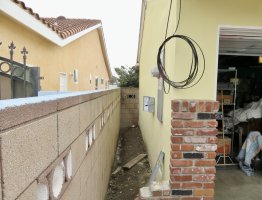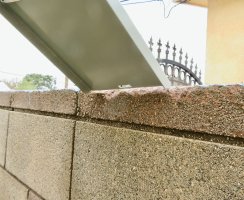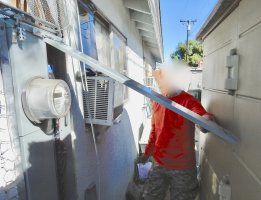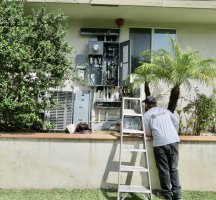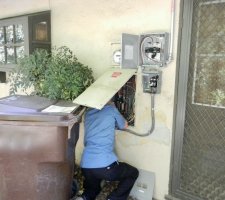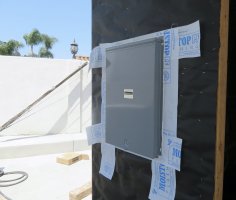Mr. Inspector
SAWHORSE
I know an new panel requires working space but when does an existing panel require working space or dedicated panelboard space? Had inspected some work done on existing panels that obviously did not have any working space or dedicated panelboard space when they were new. To move a panel can be a lot of work and expense, and if a poor person or elderly with medical problems needs power right away because of a storm or other reason I hate to delay it or make them wait a long time to get a busy electrician or cost.
1. When they a circuit is added.
2. Adding a feeder to a sub panel.
3. Reintroduction of power on a panel with the main disconnect.
4. Only replacing the grounding electrode conductor.
5. Change the size of a circuit.
6. Extend an existing circuit.
7. Replacing a circuit of the same size,
8. replacement of a panel
9. Major alterations without any changes to the panel
10. Replacing breakers (regular to arc-fault or GFI).
1. When they a circuit is added.
2. Adding a feeder to a sub panel.
3. Reintroduction of power on a panel with the main disconnect.
4. Only replacing the grounding electrode conductor.
5. Change the size of a circuit.
6. Extend an existing circuit.
7. Replacing a circuit of the same size,
8. replacement of a panel
9. Major alterations without any changes to the panel
10. Replacing breakers (regular to arc-fault or GFI).

